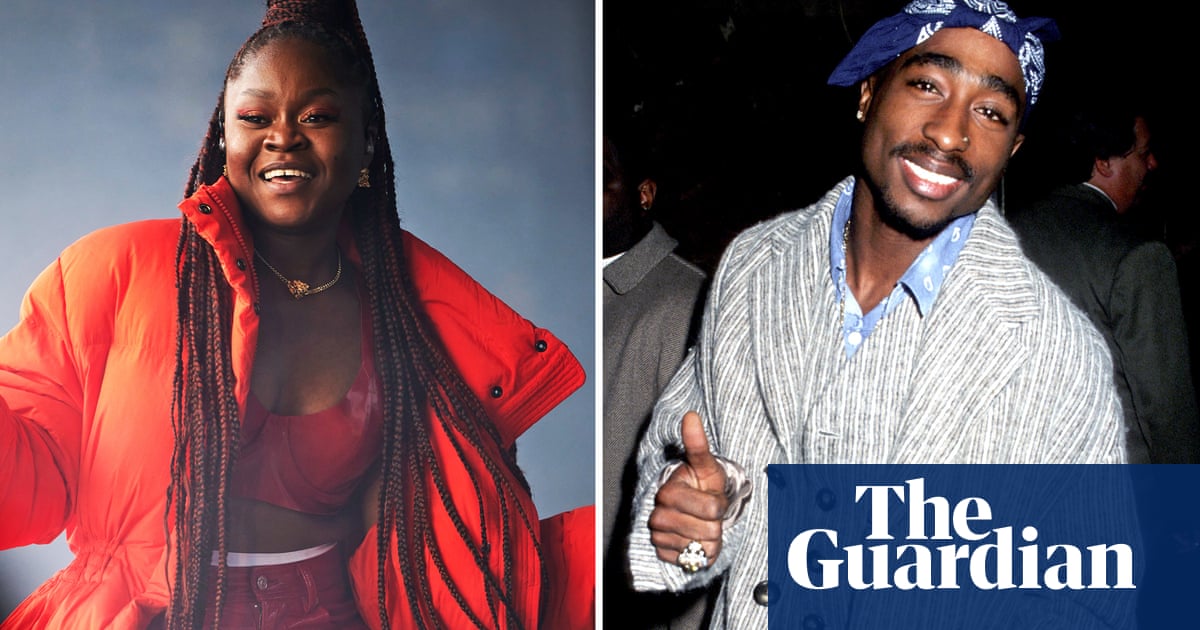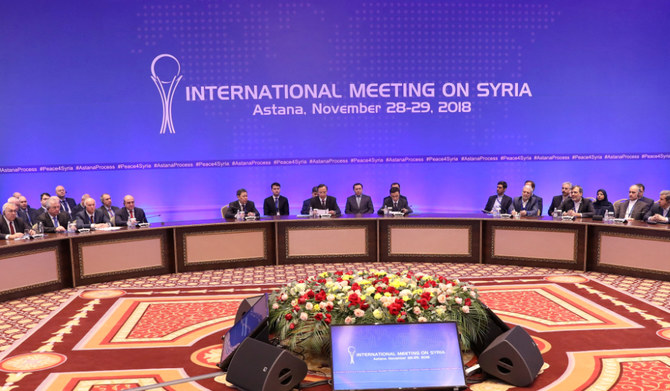
What is going on with Amazon Prime’s characterisation of The Wheel of Time? I ask this as a fantasy fan, someone who not only adores the classy stuff (NK Jemisin, Guy Gavriel Kay etc) but has also devotedly ploughed her way through The Belgariad, most of Terry Goodkind (until it got too crazy even for me) and Simon R Green. And how many people involved with the forthcoming adaptation have actually marathoned their way through all of the books?
My eyebrows were first raised back when the deal to adapt Robert Jordan’s extremely long series was announced in 2018, when head of Amazon Studios Jennifer Salke praised its “timely narrative featuring powerful women at the core”. Now, I read these books in my late teens, but my resounding memory of them was not of “powerful women”. In fact, I remember thinking Jordan’s depiction of women was pretty dismal – he might have packed in far more female characters than Tolkien ever did, but they’re constantly objectified, forever hoisting their bosoms around, adjusting their skirts – even getting spanked as punishment.
Now Rosamund Pike, who is playing the character of Moiraine , has got in on the “Wheel of Time is great for women” act, telling the Radio Times that she’s received letters from fans of the books and “many of them have said that actually these women in The Wheel of Time were mentors and role models for them growing up, which I thought was very interesting.”
I wasn’t sure if my memories of Jordan’s heaving bosoms and generally rather irritating women characters were exaggerated, so I decided to give the series another go. But a quick glance through book four, The Shadow Rising, proved my teenage memory correct: I found all sorts, from a “considerable amount of excellent pale bosom” to “considerable tanned cleavage”, tons of “clinging” gowns, and lots of crossing of arms beneath breasts to show determination (which I just tried; it’s uncomfortable).
The bosom-count is considerably higher by book five, The Fires of Heaven (“too much bosom showed in the gap of her shawl”; “showed enough bosom to shock a tavern-maid”; “folding her arms under a massive bosom”).
Bosom aside (and what a word, anyway) women are always thinking about how they look and what they’re wearing – or frequently what they’re not wearing - in Jordan’s vision. As one of the main characters puts it: “If the world is ending, a woman would want time to fix her hair.” Well – of course we would.
And it’s not just behaviour that’s heavily gendered in The Wheel of Time – the magic in the books is different for men and women. The male half of the One Power, Saidin, has been poisoned long ago by mega baddie Shai’tan (the Dark One), sending all male magic practitioners mad. This means that only women can use magic in the present-day world – so far, so feminist – but their half is called saidar, and while men must master saidin to channel it, women must submit to saidar. Hmm.
Adam Roberts, in his unmissable take-down in Sibilant Fricative, calls the novels’ sexual politics “offensively narrow and essentialist, to the point often of being actively gynophobic: women in fancy dress granted notional ‘powers’ by authorial fiat, set up as ‘strong women’ in order to be humbled, magically enslaved, spanked or forced to perform humiliatingly menial tasks.”
The female sorcerers in the series are called Aes Sedai – a sort of Bene Gesserit-like organisation of which Pike’s character Moiraine is a member. Moiraine, who is actually one of Jordan’s better characters, is looking for the Dragon Reborn, a reincarnation of the male sorcerer who took on Shai’tan generations earlier. She believes he is one of three teenage boys living in the small village of Emond’s Field.
It seems the adaptation won’t be quite as focused on these three teenage boys and their various paramours (one of them has three lady loves) as Jordan was; the blurb has it that Moiraine “embarks on a dangerous, world-spanning journey with five young men and women, one of whom is prophesied to be the Dragon Reborn, who will either save or destroy humanity”. Not only is Moiraine now the leading protagonist, but Egwene and Nynaeve, the teenage girls of Emond’s Field who set out with Rand, Mat and Perrin, the boys, are cited as possible Dragon Reborns.
“I think what’s exciting about [the TV series] and what was exciting about [the books] in the 90s is that they opened up a conversation about gender and how gender is represented in all of these different cultures within the world of Wheel of Time,” showrunner Rafe Judkins told Gizmodo. “Because it’s not just one way you see a lot of different representations of gender, you see things that are more binary and less binary. I think that we have to lean into that in the show and continue to explore what gender means for these characters in as fresh of a context today as Robert Jordan was working in in the 90s. He was pushing the envelope a lot for the genre at the time and I think we need to do the same today.”
Perhaps someone did read the books after all, and saw that Jordan’s world view – which also lacks LGBTQ+ representation – needed a bit of a shake-up. His bosom-count has also apparently been reduced – Pike told the Radio Times that: “you see many more naked men than you see naked women, which is quite pleasing, since women have been asked to expose themselves forever and a day”.
The actress also called The Wheel of Time “a monumental piece of work”, adding that “it’s so magnificent what [Amazon] can achieve with it”. And sales figures would suggest that others agree: the book series, which was completed by Brandon Sanderson after Jordan’s death, has sold over 90m copies around the world.
And that’s in spite of the prose, which Roberts also criticises. “It is all terribly written,” he mourns. “I don’t just mean the style, although the style is awful. I mean the whole kit-and-caboodle: the overall structure, and the narrative, the pacing and focalisation, the characterisation, the dialogue, the tone. All of it.”
Some examples, as provided by Roberts: “She managed to be pretty if not beautiful despite a nose that was overbold at best.” As he writes: “At best? How would it have been if had been the worst?”
And: “Her eyebrows climbed as she directed her gaze back to them, eyes black as her white-winged hair, a demanding stare of impatience so loud she might as well have shouted.” As Roberts has it: “Her eyes are black, they’re white, her eyebrows are escaping, her gaze is audible.”
And my personal favourite: “He sounded like a bumblebee the size of a cat instead of a mastiff.” Incredible stuff.
I’ll most likely give The Wheel of Time adaptation a try – I am overbold at best in my televisual choices. But I can’t help feeling that Amazon Prime just wanted its own Game of Thrones, so took a look at fantasy sales figures and landed on Jordan’s series. There is so much fantastic, well-written, strongly plotted fantasy out there that would have been a richer seam to mine: Robin Hobb’s adventures of Fitz and the Fool, for example, which contains magic, dragons, talking to animals, persecution, unrequited love … and bosoms all relegated to their appropriate places.












